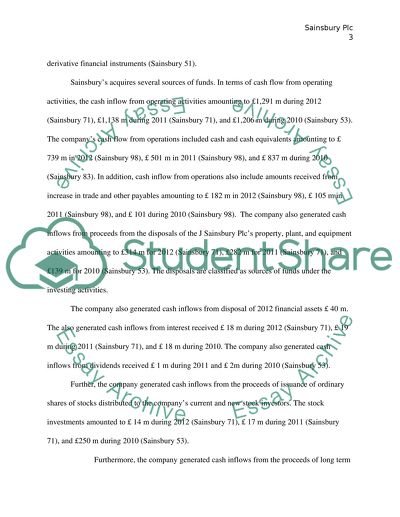Cite this document
(“Evaluate Sainsbury plc's Financial Strategy Essay”, n.d.)
Evaluate Sainsbury plc's Financial Strategy Essay. Retrieved from https://studentshare.org/finance-accounting/1462000-evaluate-sainsbury-plcyies-financial-strategy
Evaluate Sainsbury plc's Financial Strategy Essay. Retrieved from https://studentshare.org/finance-accounting/1462000-evaluate-sainsbury-plcyies-financial-strategy
(Evaluate Sainsbury plc'S Financial Strategy Essay)
Evaluate Sainsbury plc'S Financial Strategy Essay. https://studentshare.org/finance-accounting/1462000-evaluate-sainsbury-plcyies-financial-strategy.
Evaluate Sainsbury plc'S Financial Strategy Essay. https://studentshare.org/finance-accounting/1462000-evaluate-sainsbury-plcyies-financial-strategy.
“Evaluate Sainsbury plc'S Financial Strategy Essay”, n.d. https://studentshare.org/finance-accounting/1462000-evaluate-sainsbury-plcyies-financial-strategy.


